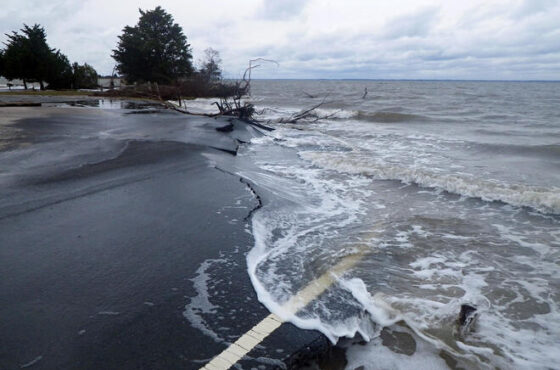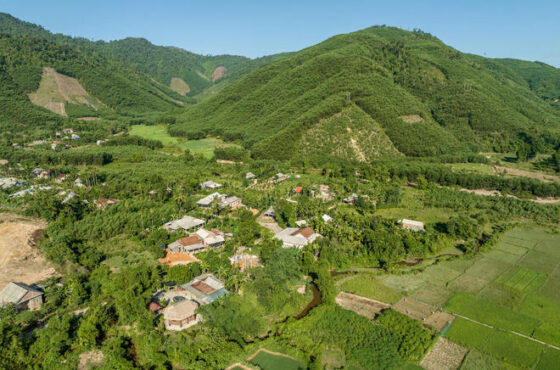Report Shows Ample Room for Cities to Expand Food Donation
Published by the Natural Resources Defense Fund
All too much food goes to waste these days. At the same time, low income individuals in the U.S. lacked the resources to afford more than 7 billion meals last year—a huge gap that affects the health and well-being of millions of children, elders, people with disabilities, and the working poor, among others. Yet industry data suggests that only 18% of unsold food among retailers is donated. In the restaurant sector, the figure is closer to 2%.
So how much more food could potentially be donated to people in need? New research from NRDC, funded by The Rockefeller Foundation and others, illuminates those possibilities.
Our new report, “Modeling the Potential to Increase Food Rescue: Denver, New York City and Nashville” sheds light on the potential to expand food donation in these three cities. We explored questions like: how big is the supply of surplus food in these cities that could, hypothetically, be donated? What investments would be needed to channel that additional food to people in need? How far could these cities go in addressing unmet food needs by increasing food donation from area businesses?
Our results were striking. We estimate that up to 68 million more meals could potentially be donated annually from consumer-facing businesses in these three cities (combined) under optimal conditions. Food donation on this scale could enable Denver and Nashville to meet an additional 46 percent to 48 percent of their cities’ meal gap, respectively (on top of what is currently being donated). New York City could potentially meet an additional 23 percent of its meal gap under optimal conditions.

These figures represent the upper limit of what we believe is hypothetically possible. Under a more conservative scenario, we found that the three cities could meet an additional 8 percent to 18 percent of their respective meal gaps, beyond current food donations, through increased food donation by area retailers, restaurants and institutions.
In particular, we found that:
- Retail grocery showed the greatest untapped potential among the sectors we explored mainly by ramping up donation of perishable foods such as fruits and vegetables, meat, dairy and deli items.
- Institutional food service like hotels and healthcare facilities are particularly promising given the relatively small number of locations in each city and the potential for significant volumes of prepared food.
- Restaurants make up a smaller portion of the untapped potential we see, reflecting the challenges of rescuing relatively small amounts of food per location and other factors. If taken to scale, however, restaurants hold substantial untapped opportunity.
- More than one-third of the potential we see could be prepared food items. These ready-to-eat foods can be especially useful to organizations like homeless shelters that serve those individuals with the least secure food supplies.
Of course, while food donation has a key role to play in addressing these needs, there is much more to be done to address the root causes of poverty. Particularly as income inequality hits historic highs, addressing structural drivers like low wages and inadequate access to jobs, housing and healthcare is imperative.
It is clear that there is ample opportunity for these cities to assist more people through expanded food donation. Doing so will require additional workers to coordinate with food donors, equipment to transport and store the food, and capacity to distribute it to those in need. Our research also highlights the investments needed to make this possible.
Our research parallels a second NRDC report—also released today—that estimates how much food is currently being discarded in these three cities. In tandem, we also released a set of case studies highlighting innovative strategies to reduce wasted food and increase food donation from around the country. You can check out all of our research and related case studies here.
All cities and communities have residents struggling to keep a steady supply of food on their plates. Ramped up food donation can help cities meet that challenge. Policymakers, food businesses, philanthropists, anti-hunger advocates and communities in need themselves all have a vital role to play in realizing that potential. We hope that our research will help inform and inspire their efforts.
Read the full article at: https://www.nrdc.org/experts/joanne-berkenkamp/report-shows-ample-room-cities-expand-food-donation





